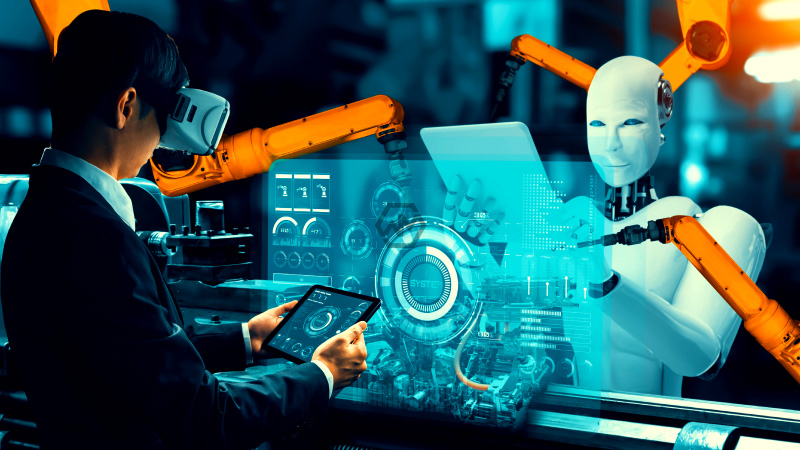- AI struggles with accuracy, thriving in creative fields.
- Generative AI impacts job markets, especially digital freelancing.
- Future reliability in core business operations predicted within 3-5 years.
Generative AI tools, despite their creative prowess, are struggling with factual accuracy, particularly when handling structured data like numbers and financial information. While these tools have found substantial use in marketing, gaming, and entertainment due to their ability to produce innovative content, their limitations are evident in more precise and critical applications like finance and healthcare.
The rise of AI-generated content has significantly impacted the job market for digital freelancers, especially writers and animators. As AI continues to evolve, experts predict that within three to five years, generative AI will achieve the reliability needed for more critical business functions.
The Whimsical Reality of AI: Creative Potential vs. Accuracy Issues
Generative AI, envisioned to be a reliable source of factual information, has instead excelled in creative applications, producing content that captivates audiences in marketing, gaming, and entertainment. This shift is evident in the reduction of demand for human-generated digital content, as AI tools become more prevalent and effective in these industries.
Despite the whimsical nature of AI outputs, significant technical challenges remain, particularly in areas requiring high accuracy. Businesses integrating AI into their operations are finding it challenging to rely on these tools for critical functions due to their propensity to “hallucinate.” However, experts like Neil Katz predict that with continued development, AI will become more reliable within a few years, enhancing its utility across various sectors.
As AI-generated content continues to flood social media and other platforms, public perception is divided. Some users appreciate the unique, slightly unreal aesthetic that AI brings, while others criticize the occasional flaws and inaccuracies. This growing acceptance suggests a shift in how digital content is consumed and valued.
OpenAI’s CTO, Mira Murati, has pointed out the potential for AI to displace certain creative jobs, indicating a transformative shift in the industry. The ongoing adaptation of businesses and individuals to AI technology highlights the dynamic nature of this field, where innovation and challenges coexist.
In conclusion, generative AI, despite its current limitations in factual accuracy, is making waves in creative industries. As technology advances, its role in both creative and critical applications will likely become more pronounced, shaping the future of work and digital content.
“We thought AI would be ‘The Terminator’ but it turned out to be Picasso.”
— Neil Katz



